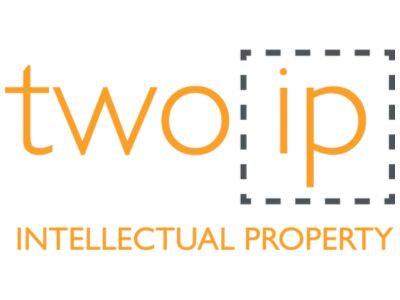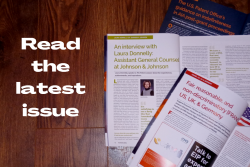In a landmark test of the new Unified Patent Court (UPC), the European patent landscape faces a striking divergence between the UPC and the European Patent Office (EPO) on the issue of inventive step. The dispute centers on Amgen’s European patent EP 3 666 797, which claims functionally defined antibody PCSK9 inhibitors for use in various therapies related to elevated cholesterol, including hypercholesterolemia.
UPC revokes Amgen patent: a first-of-its-kind decision
On 1 June 2023—the day the UPC opened its doors—Sanofi launched a revocation action against Amgen’s patent, covering therapies like Repatha® that inhibit PCSK9 to lower LDL cholesterol. In its decision of 16 July 2024 (UPC CFI 1/2023), the UPC’s Central Division found that the claimed antibody therapies lack inventive step. The court considered a prior art document that disclosed PCSK9 as a validated target for modulating LDL receptor (LDLR) in a mouse model and suggested the development of antibodies to block PCSK9 interaction with LDLR could be explored for the treatment of hypercholesterolemia. The court found that developing such antibodies was an obvious next step, requiring only routine experimentation.
EPO upholds the same patent and pushes back
In contrast, the EPO’s Opposition Division has recently upheld the same patent in post-grant opposition proceedings, examining the identical prior art.
While the EPO agreed that a skilled person would have been motivated to pursue antibodies based on the prior art, it considered that the prior art did not render the claimed therapeutic effect obvious. The EPO noted a lack of direct evidence in the prior art that is disrupting the interaction between PCSK9 and LDLR using antibodies would be therapeutically effective for treating hypercholesterolemia and found that this amounted to a lack of a “reasonable expectation of success.”
The EPO expressed strong disagreement with the UPC’s approach of not considering the expectation of success of the therapeutic effect in light of the prior art.
The legal tension: fragmentation risks vs. harmonization goals
The starkly differing outcomes highlight a fundamental legal tension. While the UPC offers a unified enforcement mechanism across participating EU states, it is not bound by EPO decisions and may forge an independent line on patentability standards. For patent holders, this creates strategic uncertainty, particularly in sectors like life sciences, where therapeutic efficacy is complex and hard to predict from preclinical data.
If the UPC’s standards for inventive step diverge significantly from those of the EPO, patent proprietors may increasingly opt out of the UPC’s jurisdiction, choosing national validation and enforcement routes. This could undercut the UPC’s goal of reducing fragmentation in European patent litigation.
Strategic importance for life sciences innovators
This case is particularly relevant to companies developing biologics, especially those targeting known molecular pathways. The EPO’s reasoning reinforces the need to establish a new and non-obvious therapeutic effect when drafting and defending medical use claims. The UPC’s approach, however, signals a potentially higher bar—one focused more squarely on whether a skilled person would reasonably pursue the claimed invention as a logical next step.
Importantly, Amgen is currently asserting this same patent in an infringement action against Regeneron at the UPC, involving the rival antibody Praluent®, co-developed with Sanofi. The UPC’s revocation decision could, therefore, have major commercial consequences.
Key takeaways
- UPC: Found Amgen’s claims obvious, as a skilled person would attempt the claimed antibody approach as the next step in therapeutic development.
- EPO: Upheld the patent, citing a lack of a “reasonable expectation of success” in achieving therapeutic efficacy from the prior art.
- Diverging standards: The EPO places more emphasis on unpredictability in biological systems.
- Strategic impact: Life sciences patent holders must carefully weigh whether to opt patents out of the UPC system to avoid less favorable validity assessments.
Looking ahead
Both the UPC and EPO decisions are under appeal. Their final outcomes will likely have significant implications for the strategic use of the Unitary Patent system and for how inventive step is assessed in the context of pharmaceutical and biologics patents. Life sciences innovators should closely monitor these proceedings, as they may shape the future contours of European patent practice in this critical sector.

Written by Sheena Linehan
European Patent Attorney, Two IP
You may also like…
Pravin Anand conferred with the APAA Enduring Impact Award
Pre-eminent IP Lawyer and Managing Partner of Anand and Anand, Mr Pravin Anand, has been conferred with the...
The quiet power of confidentiality clubs in SEP litigation
In standard essential patent (SEP) disputes, especially those involving FRAND (Fair, Reasonable, and...
A $10 million patent win reduced to a $1 lesson in damages
In a decision that will resonate as a stark warning to patent litigants, the US Court of Appeals for the Federal...
Contact us to write for out Newsletter














